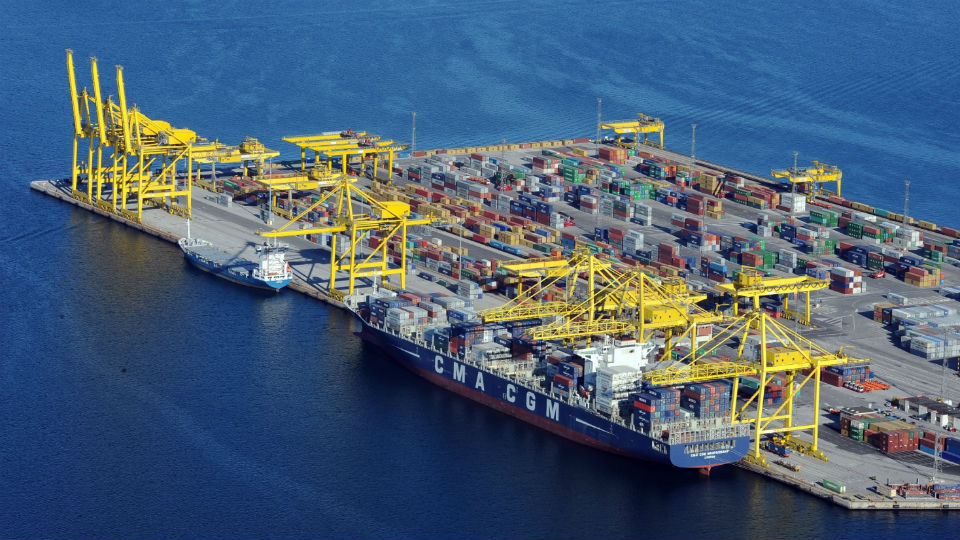Sharp rise in rail freight traffic at Port of Trieste

The Italian port of Trieste records an increasing number of freight trains this year. In the first quarter of 2018, it handled 4,816 freight trains, up 18 per cent from the same period last year. The port authority estimates to record 10 thousand trains in 2018, almost doubling 2016 figures (5,600 trains).
The port handled 31.1 million tonnes, or 345,056 TEUs in H1 2018. These figures account for a 4.87 per cent and 15.3 per cent rise compared to H1 2017. Rail freight and ro-ro traffic were essential in achieving these volumes. The main handled good was oil. The port is a gate to the hinterland not only for Italy but also for Slovenia, Croatia and Austria.
Transport hub
The Italian government has plans to join the ports of Trieste and Monfalcone to create the biggest transport hub in the Adriatic Sea, and include it in the New Silk Road. With this move Italy not only hopes to increase its handling capacity but also rail freight traffic.
The port of Trieste is in the frontier with Slovenia. As such, it has had a strategic position from the 18th century onward, when it was occupied from the Venetian Republic by the Austrian Empire. The latter developed its main sea gate at Trieste.
You just read one of our premium articles free of charge
Want full access? Take advantage of our exclusive offer





